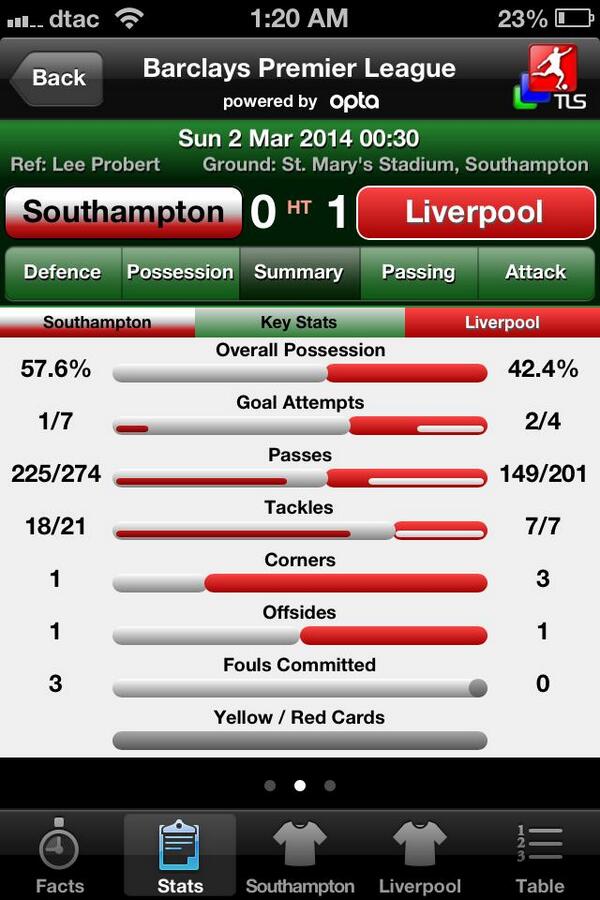Yesterday I was reading this article ($) about how Liverpool FC is going about (not) retaining its star forwards Sadio Mane and Mo Salah, who have been key parts of the team that has (almost) “cracked it” in the last 5 seasons.
One of the key ideas in the (paywalled) piece is that Liverpool is more careful about spending on its players than other top contemporary clubs. As Oliver Kay writes:
[…] the Spanish club have the financial strength to operate differently — retaining their superstars well into their 30s and paying them accordingly until they are perceived to have served their purpose, at which point either another A-list star or one of the most coveted youngsters in world football (an Eder Militao, an Eduardo Camavinga, a Vinicius Junior, a Rodrygo and perhaps imminently, an Aurelien Tchouameni) will usually emerge to replace them.
In an ideal world, Liverpool would do something similar with Salah and Mane, just as Manchester City did with Vincent Kompany, Fernandinho, Yaya Toure, David Silva and Sergio Aguero — and as they will surely do with De Bruyne.
But the reality is that the Merseyside club are more restricted. Not dramatically so, but restricted enough for Salah, Mane and their agents to know there is more to be earned elsewhere, and that presents a problem not just when it comes to retaining talent but also when it comes to competing for the signings that might fill the footsteps of today’s heroes.
To go back to fundamentals, earnings in sport follow a power law distribution – a small number of elite players make a large portion of the money. And the deal with the power law is that it is self-similar – you can cut off the distribution at any arbitrary amount, and what remains to the right is still a power law.
So income in football follows a power law. Income in elite football also follows the same power law. The English Premier League is at the far right end of this, but wages there again follow a power law. If you look at really elite players in the league, again it is a (sort of – since number of data points would have become small by now) power law.
What this means is that if you can define “marginal returns to additional skill”, at this far right end of the distribution it can be massive. For example, the article talks about how Salah has been offered a 50% hike (to make him the best paid Liverpool player ever), but that is still short of what some other (perceptibly less skilled) footballers earn.
So how do you go about getting value while operating in this kind of a market? One approach, that Liverpool seems to be playing, is to go Moneyball. “The marginal cost of getting a slightly superior player is massive, so we will operate not so far out at the right tail”, seems to be their strategy.
This means not breaking the bank for any particular player. It means ruthlessly assessing each player’s costs and benefits and acting accordingly (though sometimes it comes across as acting without emotion). For example, James Milner has just got an extension in his contract, but at lower wages to reflect his marginally decreased efficiency as he gets older.
Some of the other elite clubs (Real Madrid, PSG, Manchester City, etc.), on the other hand, believe that the premium for marginal quality is worth it, and so splurge on the elite players (including keeping them till fairly late in their careers even if it costs a lot). The rationale here is that the differences (to the “next level”) might be small, but these differences are sufficient to outperform compared to their peers (for example, Manchester City has won the league by one point over Liverpool twice in the last four seasons).
(Liverpool’s moneyball approach, of course, means that they try to get these “marginal advantages” in other (cheaper) ways, like employing a throw in coach or neuroscience consultants).
This approach is not without risk, of course. At the far right end of the tail, the variance in output can be rather high. Because the marginal cost of small increases in competence is so high, even if a player slightly underperforms, the effective monetary value of this underperformance is massive – you have paid for insanely elite players to win you everything, but they win you nothing.
And the consequences can be disastrous, as FC Barcelona found out last year.
In any case, the story doing the rounds now is that Barcelona want to hire Salah, but given their financial situation, they can’t afford to buy out his contract at Liverpool. So, they are hoping that he will run down his contract and join them on a free transfer next year. Then again, that’s what they had hoped from Gini Wijnaldum two years ago as well. And he’s ended up at PSG, where (to the best of my knowledge) he doesn’t play much.

